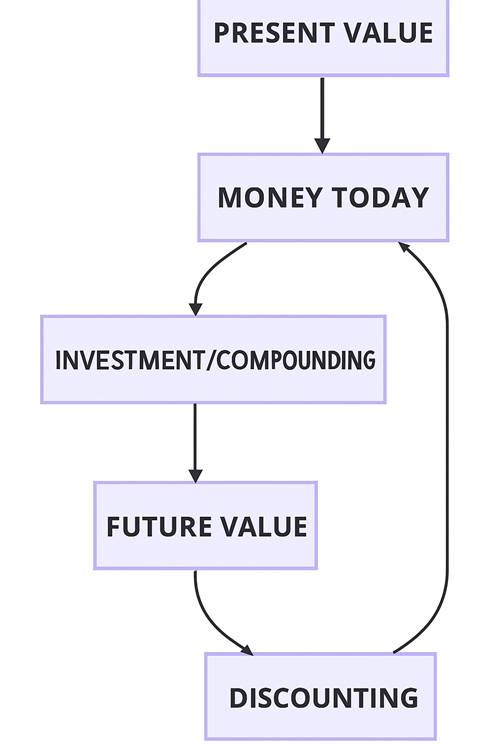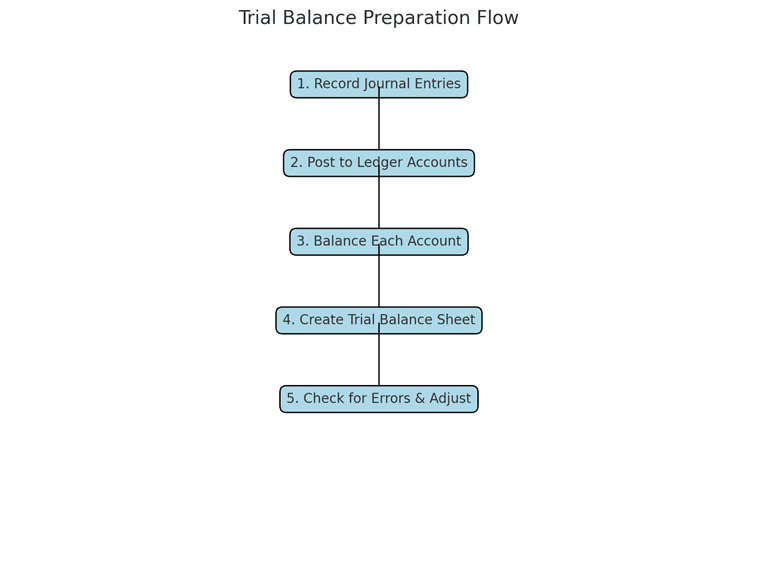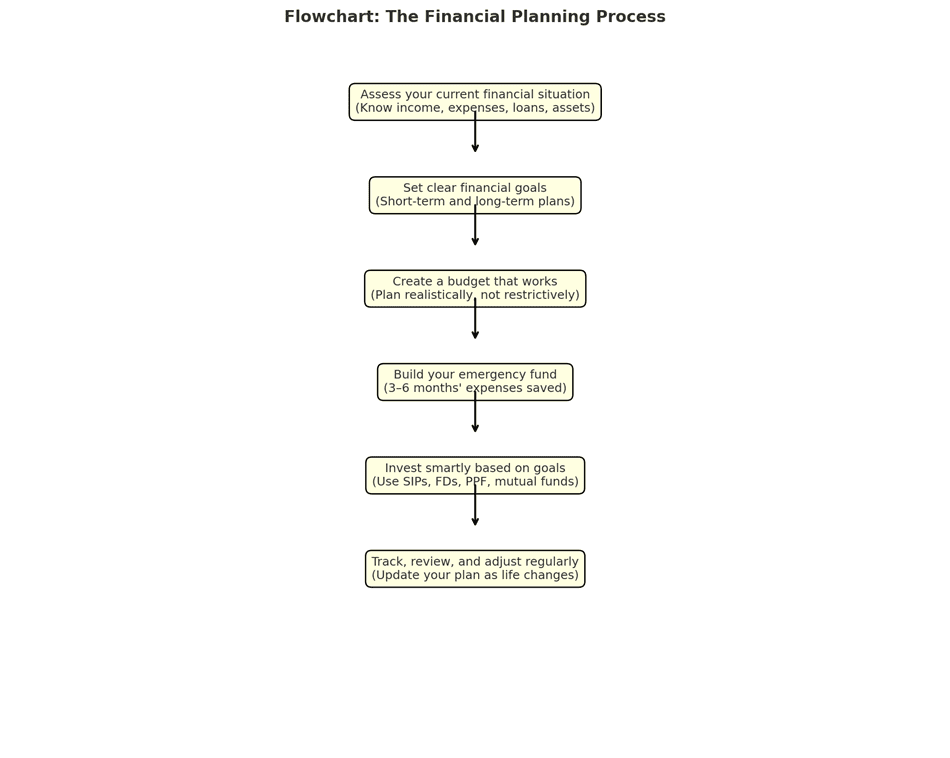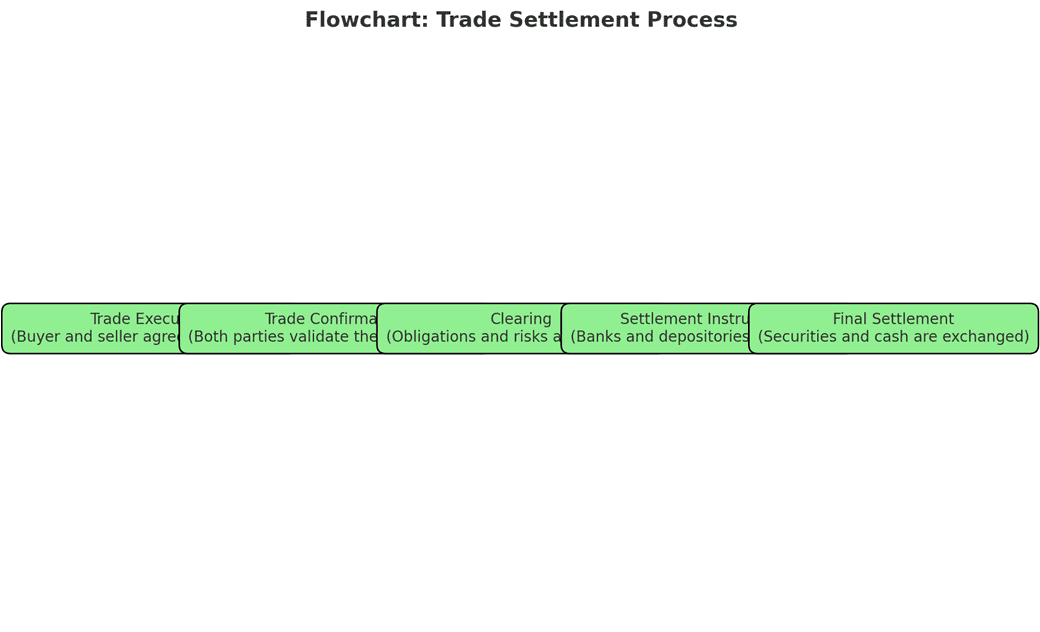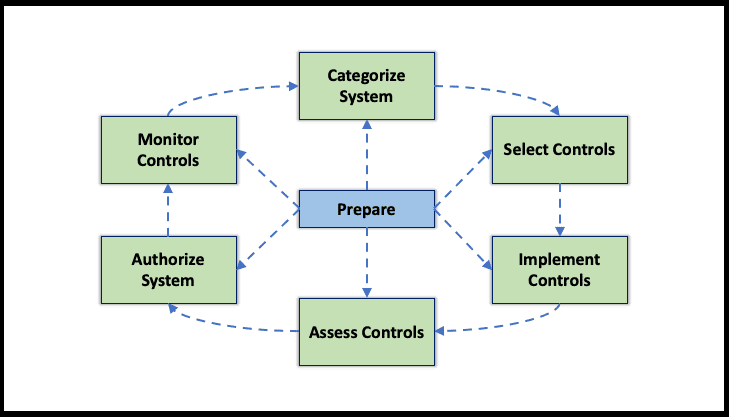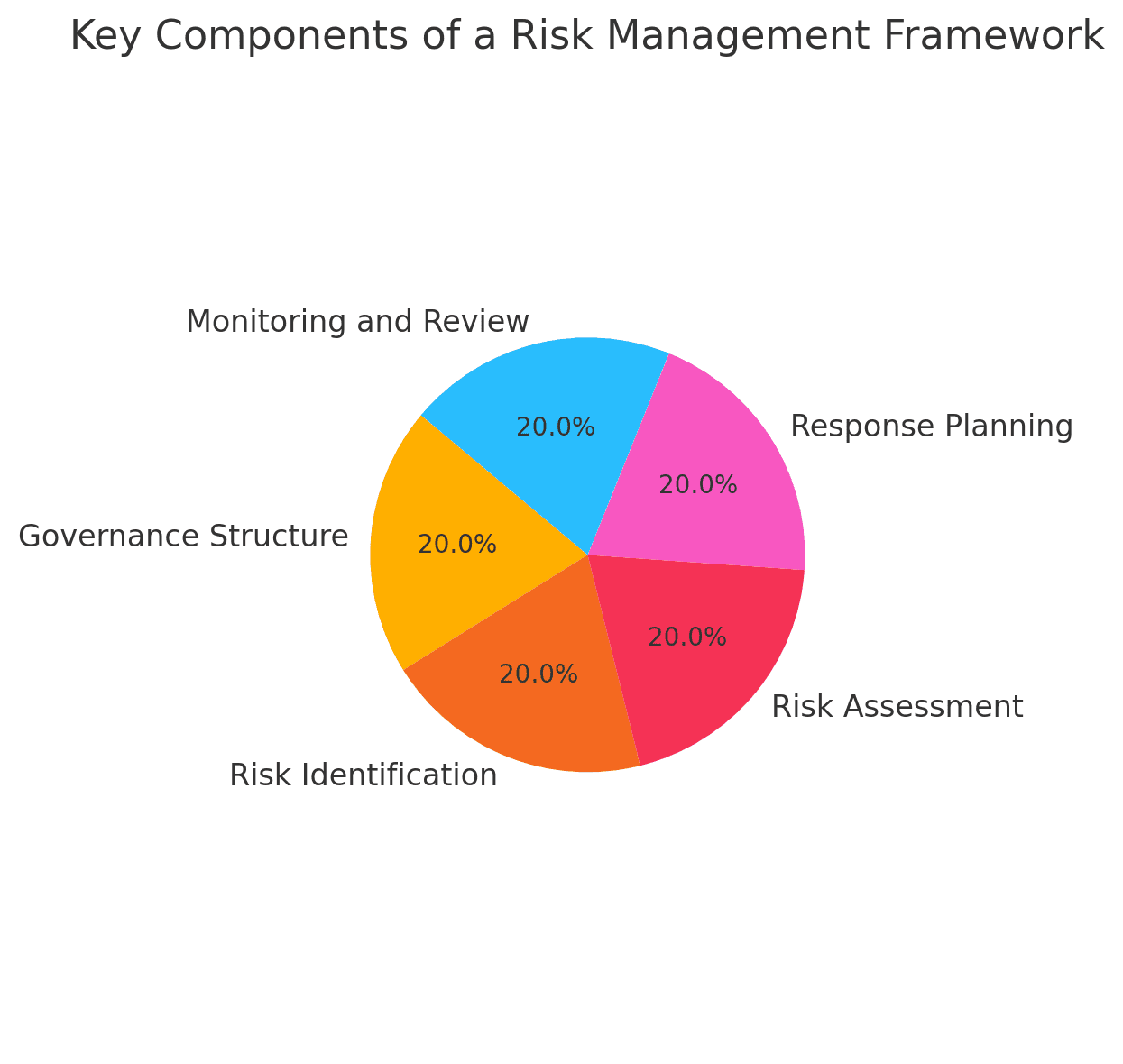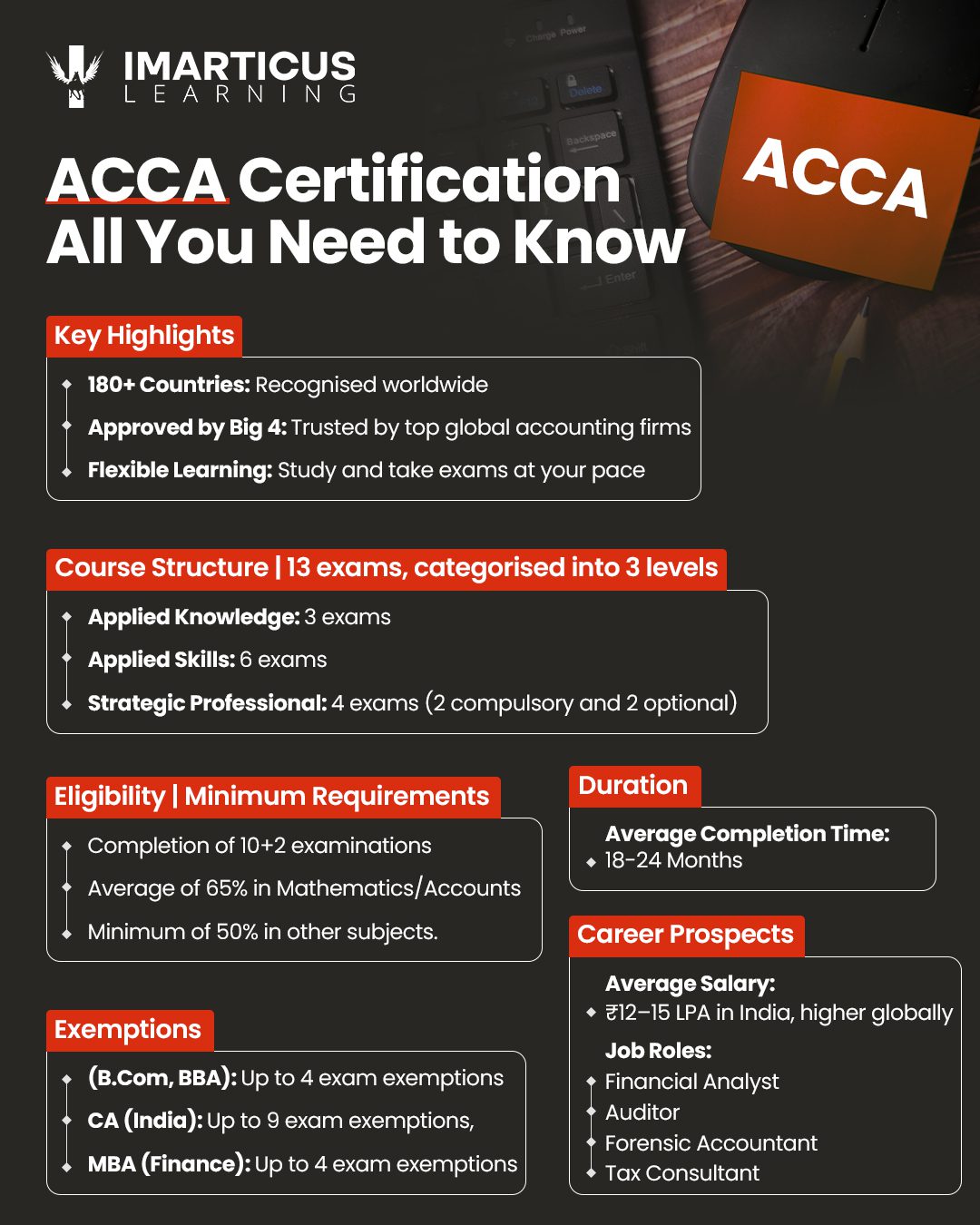Have you ever trusted someone just because they had a badge?
That’s how traditional enterprise security used to work: if a user was inside the company network, they were safe. But things have changed.
Workforces are remote, devices are mobile, and cyber threats are more advanced. Trusting anyone blindly is like leaving your front door open just because you recognise the postman. That’s where zero trust security comes in.
But here’s the good news: zero-trust security models eliminate this blind trust. Instead of assuming anything, the system verifies everything. This model isn’t just for large IT firms anymore. Zero trust security models eliminate this blind trust.
What Is Zero Trust Security? And Why Is Everyone Talking About It?
Zero trust security means “never trust, always verify.”
Zero trust architecture (ZTA), also known as perimeterless security, defines how organisations design and implement their IT systems.
So, what is zero trust security? It’s a model that checks every access request to see if it originates from an open network. Each request is verified, monitored, and logged.
According to several security leaders, modern enterprises are shifting from perimeter-based defences to zero trust architecture.
This model strengthens security posture by using the following principles:
- Identity verification at every step
- Minimal access: just enough to do the job
- Continuous monitoring, not just one-time checks
- Risk-based access controls
The zero trust security model aligns well with companies dealing in finances, such as those offering a CPA course, where data integrity and access control are non-negotiable.
Why Traditional Security Methods No Longer Work
India’s zero trust security market will likely generate around US$ 5,635.5 million in revenue by 2030. From 2025 to 2030, it can grow at a compound annual rate of 23.1%.
You might still be using VPNs, firewalls, or internal authentication systems and wondering why you need something new. The truth is these older systems were not built for today’s complex IT environments.
Here’s where they fall short:
- Assume internal users are safe
- Too much access
- Lack of visibility
In contrast, the zero trust security model assumes every access point is a potential risk. That’s why it verifies every user every time.
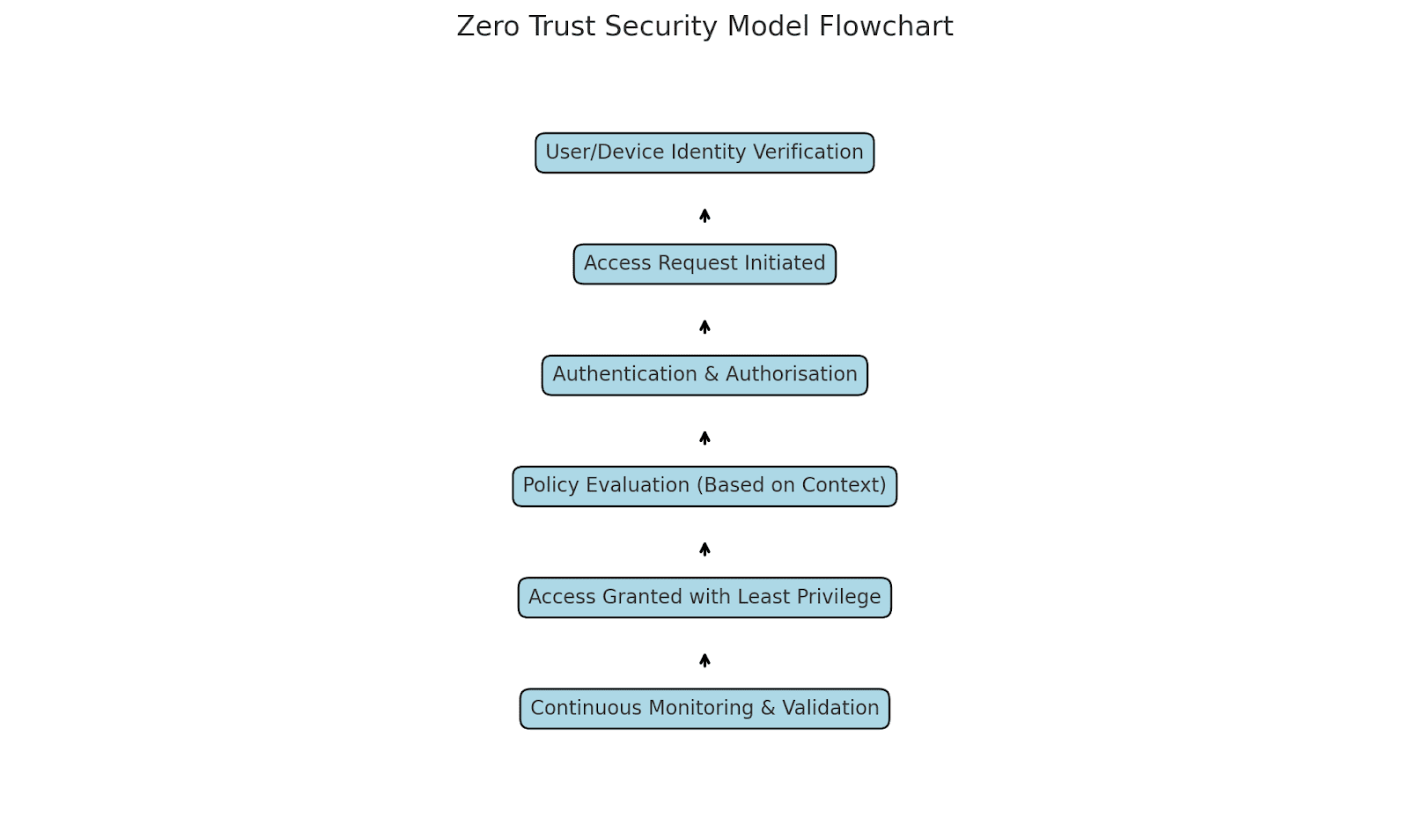
The Key Pillars of the Zero Trust Security Model
Let’s explore what supports a zero trust strategy.
Think of these as the foundation bricks:
| Pillar | Description |
| Identity and Access Management (IAM) | Verifies user credentials, devices, and roles. |
| Device Security | Checks if devices meet company security standards. |
| Network Segmentation | Breaks networks into smaller zones to limit risk. |
| Least Privilege Access | Gives access only to what is needed, nothing extra. |
| Continuous Authentication | Re-authenticates users throughout sessions. |
| Analytics and Monitoring | Tracks behaviour to identify unusual access or threats. |
A proper zero trust security plan uses all of these, not just one or two.
How to Implement Zero Trust in Phases
Don’t worry; you don’t have to adopt everything in one go. Start small.
- Know what you’re protecting.
Begin by identifying your key assets: customer data, financial records, and critical software systems. - Understand user behaviour
Use monitoring tools to analyse who accesses what, when, and why. - Segment your network
Break large networks into manageable segments to reduce attack impact. - Introduce multi-factor authentication (MFA)
MFA is a simple yet strong start to zero trust security. - Apply for least privilege access.
Stop giving blanket access. Set access rights based on roles and duration. - Monitor and adapt
Use analytics to continuously refine your model based on emerging threats.
Real-World Enterprise Use Cases: From Tech to Accounting
Big names in tech have adopted this model, but it’s also seeing traction in finance, healthcare, and e-learning platforms.
For instance, CPA learning platforms that handle financial simulations, test data, and certification records must prevent unauthorised access to user progress and examination tools. This is where the zero trust security model proves essential.
Even businesses running hybrid teams where employees work from home or multiple locations need this model to safeguard data without compromising user experience.
Why Zero Trust Security Is Crucial for Financial Courses
If you’re considering a CPA course, you’re not just studying accounting; you’re entering a profession governed by trust, ethics, and regulatory compliance.
Now, imagine a course provider that lacks proper data security. That could mean:
- Breach of exam data
- Compromise of student personal information
- Invalidated certifications
Imarticus Learning understands this. Their CPA course isn’t just about concepts. They prepare you for real-world accountability and security.
US CPA Course at Imarticus Learning: Secure Learning for a Secure Career
If you’re eyeing a future in finance or auditing, the US CPA course from Imarticus Learning is an excellent choice. With a global reputation and industry integration, this course sets you on the path to becoming a U.S. certified public accountant.
Here’s what you’ll gain:
· CPA certification that is globally recognised and is valid in 130+ countries
· Opportunities for a career in India, the U.S., Canada, etc.
· The salary is between INR 12.50 to 20.50 lakhs
· A tough boot camp and placement assurance
· Complete curriculum presented on AICPA accredited and live simulations
With 10+ years of experience, Imarticus Learning helps fast-track your journey from aspiring accountant to financial leader, all while upholding the highest standards of security and compliance.
Explore the CPA course at Imarticus Learning today!
FAQs
1. What is zero trust security?
Zero trust security means you never automatically trust anyone. Everyone must prove their identity before accessing systems.
2. How is the zero trust security model different from VPN or firewall-based models?
VPNs assume trust once you’re inside. Zero trust never assumes; it verifies every action.
3. Why is zero trust important for financial organisations and CPA learners?
Finance involves sensitive data. Zero trust prevents leaks and ensures only authorised access.
4. What does it take to implement zero trust?
Start with small changes like multi-factor authentication and access restrictions and build up over time.
5. Can zero trust help with regulatory compliance in finance?
Yes, it improves visibility, tracking, and control keys for audits and compliance checks.
6. How long does it take to implement zero trust security fully?
It depends on your company size. However, phased adoption can begin in weeks, not months.
Conclusion
Cyber threats don’t knock on your door; they sneak in. Whether you’re running a company, studying finance, or building enterprise applications, ignoring access control is no longer an option.
By adopting the zero trust security model, you shift from reacting to problems to preventing them altogether.
And if you’re starting your CPA journey?
Ensure your learning provider integrates secure platforms that respect both your time and your data.

